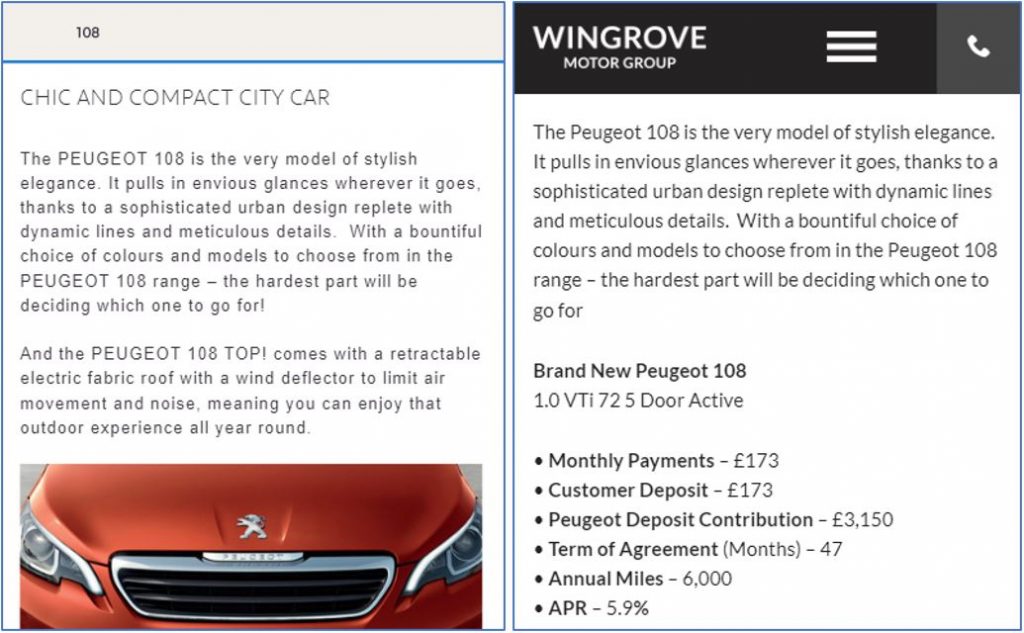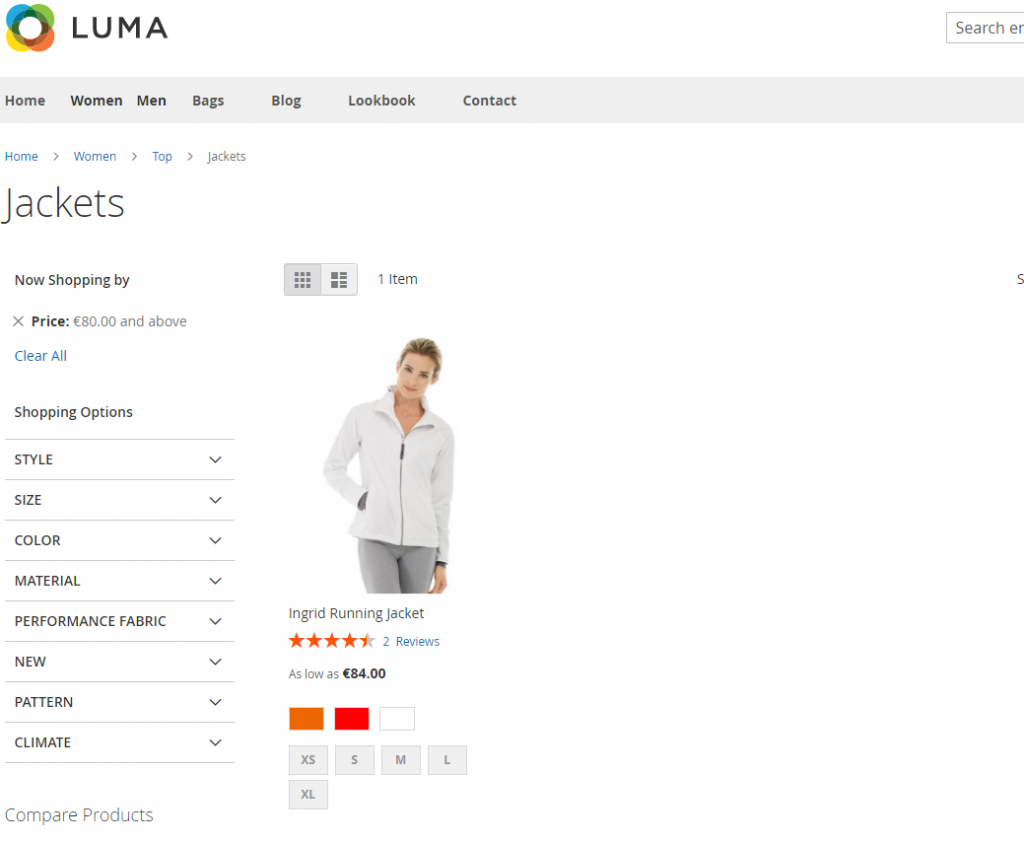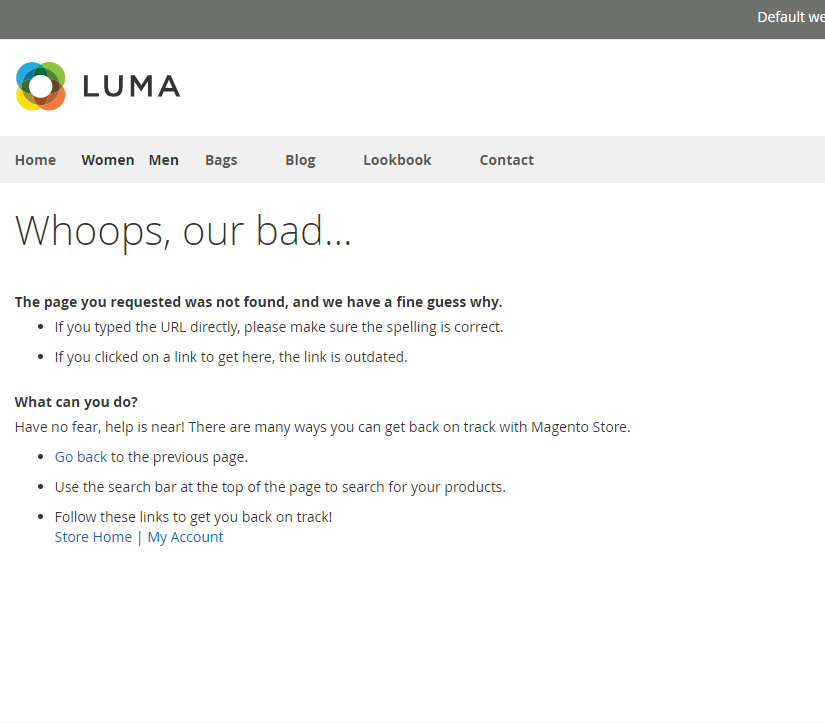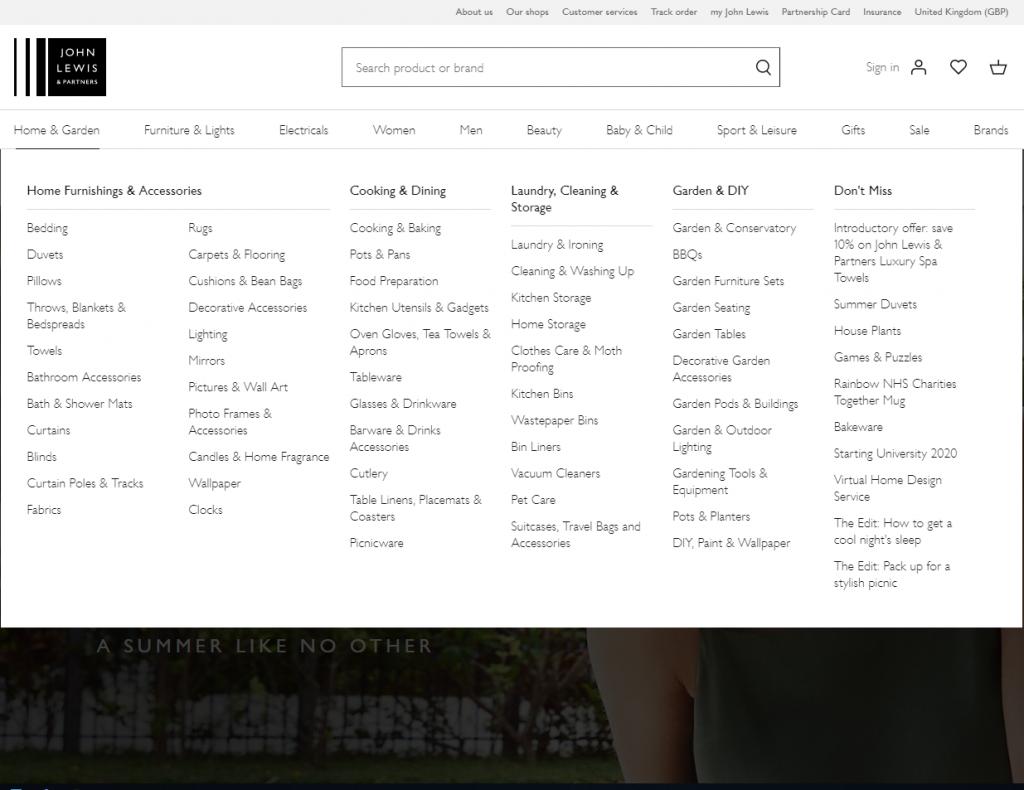Magento 2 SEO Defaults Suck and How to Fix It
In this article we’re going to discuss the issues with Magento 2 default SEO implementation, why eCommerce developers might miss these opportunities and how to fix and find opportunities for SEO inside Magento.

Magento 2 and SEO
Getting an eCommerce store built and populated with products and able to take orders is just the first step in working towards online success. Many businesses opt for an out-of-the-box eCommerce platform like Magento 2 as a cost-effective way to get an online business off-the-ground. Platforms like Magento 2 appeal to businesses as they appear to offer everything you need as standard. For example, Magento 2 boasts:
Responsive Design Themes that are “touch friendly, easily customized, and offer SEO advantages.”
And suggests that by migrating older installations to Magento 2 you will get:
“better performance, advanced SEO…”
Oddly on the main www.magento.com website these are the only two mentions of SEO with other mentions side-lined to development guides etc. It’s not hard to figure out why.
Magento 2’s SEO challenges
We have performed a basic SEO audit on a default installation of Magento 2 populated with sample products and categories. Out-of-the-box, the eCommerce store suffers from:
High priority
High priority SEO actions are a combination of the most critical, fastest to fix and give the highest improvement to organic performance.
| Issue | Impact |
| Google Page Speed Insights score of 52/100 | Potentially impacts conversion rate, user experience and organic rank |
| Broken links | Potentially impacts user experience, Domain, Authority, Page Authority, and organic rank |
| Redirected URLs | Potentially impacts organic rank |
| Missing canonical URLs | Potentially impacts organic rank |
| Missing Title Tags | Impacts organic reach |
| Duplicate Title Tags | Impacts organic reach |
| Under optimised Title tags | Impacts organic reach |
| Missing H1 tagged page titles | Potentially reduces user experience, page relevancy and impacts organic rank |
| Duplicate H1 tagged page titles | Potentially reduces user experience, page relevancy and impacts organic rank |
| Multiple H1 tagged page titles | Potentially reduces user experience, page relevancy and impacts organic rank |
Medium priority
Medium priority SEO actions may be more difficult to implement or have a moderate impact on organic performance.
| Issue | Impact |
| Broken microformat data | Potentially reduces the visibility of our organic listing and affects click through rates |
| Missing microformat data | Potentially reduces the visibility of our organic listing and affects click through rates |
Low priority
Low priority SEO actions have minor effect on organic performance.
| Issue | Impact |
| Missing image alt attributes | Potentially impacts the ability for users to find products using image search engines, affects page relevancy to a keyword and impacts organic reach and ranking |
| Missing Meta Descriptions | Potentially affects organic click through rates |
| Duplicate Meta Descriptions | Potentially affects organic click through rates |
An automated SEO audit like this is only part of the picture.
Let’s talk about filters
Looking at this default installation of Magento 2, we can also see that most of the site is automatically generated through parameter driven filter pages. Covering price, colour, size, and everything in between, these automatically-generated filter pages significantly increase the number of pages on the website. This causes several SEO issues that can be detrimental to the site’s organic performance including:
Duplicate content

Each filter combination has the potential to display the same information. This creates duplicate content and can affect SEO performance. This is a major issue dating back to 2010 when Google implemented its Panda algorithm.
Other examples of duplicate content are where information is taken from another website i.e. the main manufacturers site and republished on your website. Google will likely choose to display the originators website instead of yours for related searches which will impact your performance.
Thin content

Combinations of filters could result in no products being displayed. This is bad for user experience, potentially affecting conversion rates and is another consideration of Google’s Panda algorithm.
Other examples of thin content included copied source material which is thin, or minimum effort has been put into creating product/category descriptions.
Lack of optimisation

Automated title tags, H1 heading tags and duplicated descriptions limit your organic reach, rankings, and ability to attract new traffic.
Other basic SEO considerations
Going beyond the technical, there are practical SEO issues that should be addressed when implementing Magento 2 including:
Out of stock items

Many eCommerce solutions will remove content when a product goes out of stock by default. While this keeps categorisation clean within the website, it also means that any link equity which has been passed to that page has also been lost. This can affect the website’s overall organic performance. In addition, users may not be fully aware of your complete range and you could miss an opportunity for data collection.
Retired products
Products that are retired and no longer available should not simply be deleted from your website. Listings for these products could remain in Google’s organic results for up to three months following deletion and attract traffic to a dead page. As with out of stock items, removing a page also means any link equity being passed to that page is also lost which can affect the website’s overall SEO performance.
Product categorisation

It is often the case that branding, following a competitor’s implementation or time constraints, limit how products are categorised on a website. This often results in a small number of product categories being displayed in the website’s navigation and worse still, a “Misc” or “Other” category being added as a catch-all. This limits your website’s SEO performance as the categories may not be aligned with the various terminology and long-tail searches used by your customers.
Blogs

Getting your eCommerce stores categorisation and product descriptions optimal is great when targeting custom at the bottom of the sales funnel. To drive demand, a different strategy is required. Consider adding a blog to your website where you can publish guides, white papers, top lists, product recommendations and content that can be used across channels for email marketing and social media. These topics target mid and top funnel customers, introducing them to your brand and building trust and awareness before a purchase is a consideration.
Why don’t eCommerce developers fix these issues in the build?
All the above sounds like common sense so why are eCommerce stores published with these issues still intact? This is a tricky question to answer as all eCommerce development agencies operate differently. However, there are three SEO considerations you should take when building a website:
- Get your SEO agency involved at the concept stage
- Ensure your specification fully itemises all the SEO requirements before build begins
- Invest in unique text and image content
Get your SEO agency involved at the concept stage
Many eCommerce development agencies claim to at least consider SEO when building a new website. However, this is often limited to providing the out-of-the-box access to things like the ability to edit title tags, meta descriptions and ensuring there’s an XML sitemap that Google can crawl.
Your SEO agency should be capable of looking at things differently to help in several ways including:
- Helping to define the technical SEO specification for the build
- Competitor SEO analysis and best practice
- International targeting
- SEO platform and/or domain migration
- Helping define an optimised site architecture and product categorisation
- Sense checking content uniqueness
- Writing content
- Providing optimisation for launch
- Suggesting ways of automating optimisation for dynamic content
- Pre- launch and post-launch audits
Ensure your specification fully itemises all the SEO requirements before build begins
Even if you don’t have an SEO agency, you can still make it a major consideration by ensuring the specifics of your SEO requirements are built into your website brief. You can use the basics published in this article combined with resources like Google’s SEO Starter Guide to get the fundamentals down.
Invest in unique text and image content
Time is often of the essence and there may be a rush to get an eCommerce store published to a deadline. This can mean categorisation, content and optimisation are missed or not fully considered. The good news is that your website is a website, not a printed brochure, so upgrades can be made as you progress.
Publishing bespoke imagery and writing unique product and category descriptions help demonstrate your expertise beyond the raw specification. It not only makes a difference in your organic rankings as detailed above but also encourages trust with your customers. Your SEO agency may provide copywriting services which will help avoid repetition and formulaic content production which is typical when content is created by a single person.